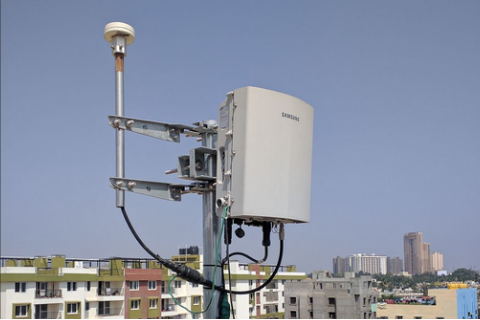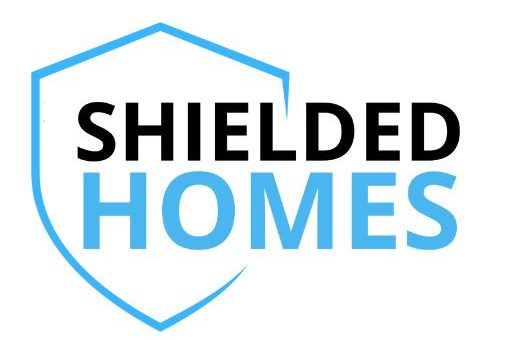“Small” cells refer to shorter cell towers located near residential areas and schools. These facilities contain wireless antennas and often unattractive and bulky equipment.
The Federal Communications Commission (FCC) estimates that more than 800,000 new “small” cells will be installed across the United States. Similar installations are planned for millions of locations worldwide, including street lights, trash cans, utility poles, and bus stops.
5G antennas will emit radiation in a different manner compared to previous technologies. They will utilize new antenna designs called “beamforming,” which generate multiple signal streams from each device. Each installation can have thousands of antennas simultaneously transmitting signals.

The energy consumption of 5G technology is a major concern. Engineers describe it as an energy-intensive system. By 2025, it is projected that there will be millions of new short “small” cell towers and over 64 billion Internet of Things (IoT) devices. Industry reports consistently state that energy efficiency goals will not be fully achieved, leading to exponential growth in energy usage from wireless devices and networks. This will contribute to an increase in our carbon footprint. Environmental experts caution that the IoT is an unsustainable technology and will contribute to climate change.
The energy consumption of 5G technology is a major concern. Engineers describe it as an energy-intensive system. By 2025, it is projected that there will be millions of new short “small” cell towers and over 64 billion Internet of Things (IoT) devices. Industry reports consistently state that energy efficiency goals will not be fully achieved, leading to exponential growth in energy usage from wireless devices and networks. This will contribute to an increase in our carbon footprint. Environmental experts caution that the IoT is an unsustainable technology and will contribute to climate change.
The radiation emitted by these small cell antennas is not insignificant
Wireless antennas release non-ionizing radiofrequency radiation, commonly known as microwaves. Therefore, these so-called “small” cells essentially operate as compact cell towers. A research paper from 2020 examined the radio frequency radiation environment that would result from a fully deployed mmWave-based 5G network and discovered a substantial increase in radiation levels.

Instances illustrating the non-small nature of small cells include:
-They raise the levels of electromagnetic radiation in the vicinity of residential areas.
-They require equipment cabinets that are the size of refrigerators or even larger.
-The presence of a cell tower near homes can cause a decrease in property values.
-Taller and broader poles are necessary to accommodate the antennas.
